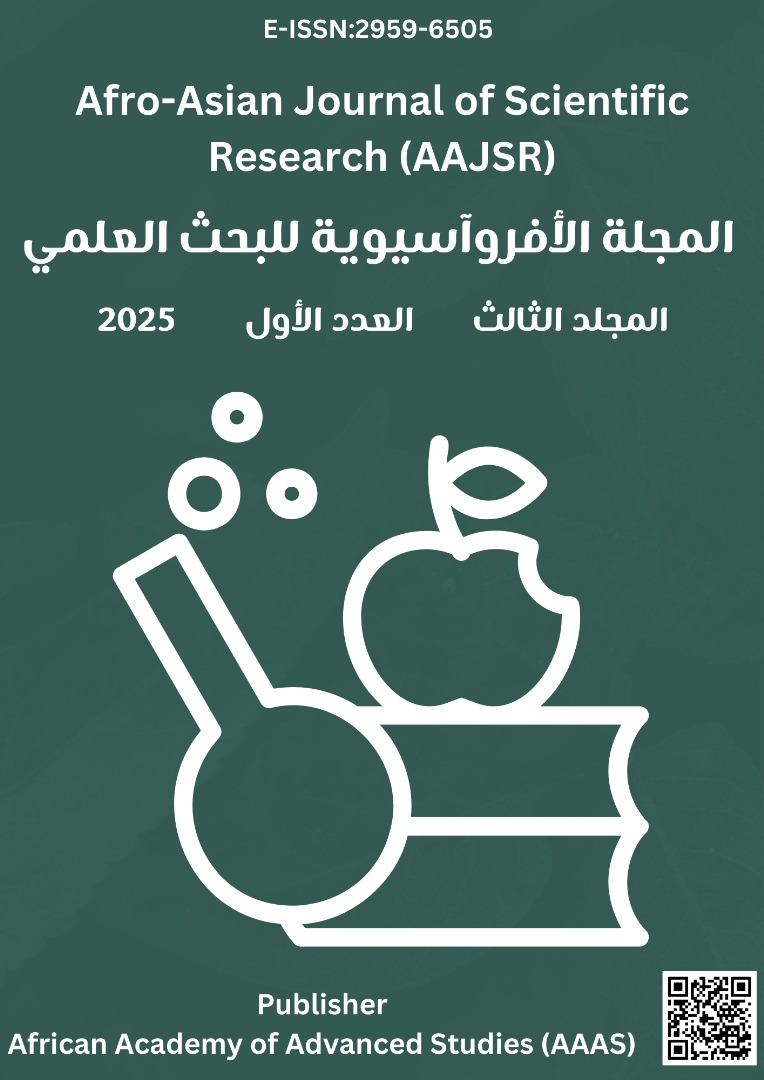Study of Procedures Provided for Stroke Patients in Intensive Care Units of Public Hospitals in Western Libya
الكلمات المفتاحية:
Stroke Hemorrhagic، Ischemic، Intensive care unitsالملخص
Stroke remains a prominent cause of mortality and morbidity globally, with ischemic strokes comprising 87% of cases. Conversely, hemorrhagic strokes, such as intracerebral and subarachnoid hemorrhages, account for a lesser fraction. Prognostically, ischemic stroke typically offers a more favorable outcome compared to hemorrhagic stroke, especially during the acute phase. Effective neurological rehabilitation can substantially enhance recovery outcomes, yet the recovery mechanisms may vary between the two stroke types. This study evaluated and compared the management protocols for ischemic and hemorrhagic stroke patients in intensive care units (ICUs) in western Libya. Conducted as a single-center, retrospective observational research, it included 600 adult patients diagnosed from July 18, 2023, to February 10, 2024. Data were systematically gathered from clinical records through a tailored questionnaire, addressing socio-demographic traits, stroke type, and critical care interventions. Among the 600 patients, 280 were female and 320 males, with average ages of 65.54 years and 62.75 years, respectively. Hemorrhagic strokes occurred in 32.82% of patients, while ischemic strokes were noted in 28.47%. Interventions included tracheostomy (36.7%), nasogastric tube placement (66.7%), and percutaneous endoscopic gastrostomy (23.3%). Notable complications encompassed cardiorespiratory failure (41.7%), acute thrombophlebitis (23.3%), and severe hypertension (71.7%). The study underscores the influence of gender on stroke outcomes and emphasizes the necessity for further investigations to identify stroke-specific risk factors and to optimize critical care strategies. It highlights the importance of individualized treatment approaches tailored to stroke classification and patient demographics.






